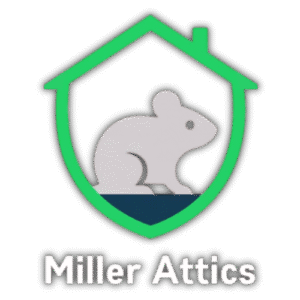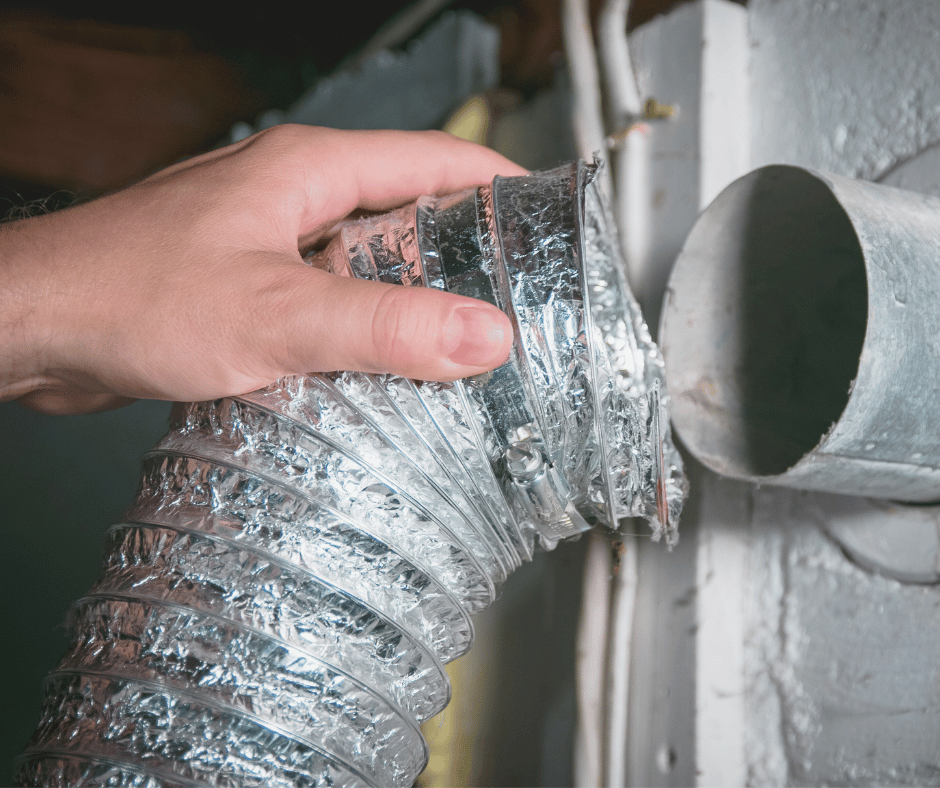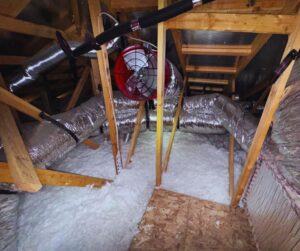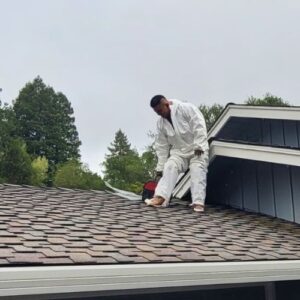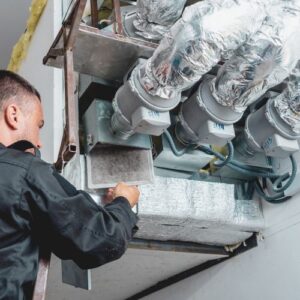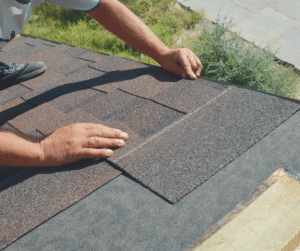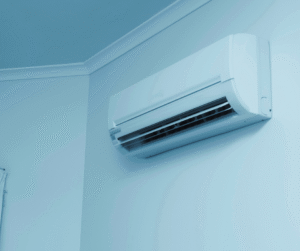When I first started working in the HVAC industry, I didn’t think much about ductwork. Most homeowners don’t either. We all focus on the furnace, the AC unit, maybe the thermostat—but the ducts? They’re hidden away in walls, ceilings, attics, and crawl spaces, quietly doing their job. That is, until something goes wrong. Over the years, I’ve seen how air ducts replacement can completely transform a home’s comfort, air quality, and efficiency.
Why Air Ducts Replacement Matters
Your ductwork is the circulatory system of your home’s heating and cooling. When it’s clean, sealed, and properly sized, it delivers warm or cool air evenly to every room. But when it’s damaged, leaky, or clogged with debris, you start noticing uneven temperatures, dust buildup, strange smells, and rising energy bills.
That’s when a professional air ducts replacement becomes more than just an upgrade—it’s a necessity. Old ducts can waste up to 30% of your heated or cooled air before it even reaches your vents. Replacing them not only restores efficiency but also protects your health by removing years of built-up contaminants.
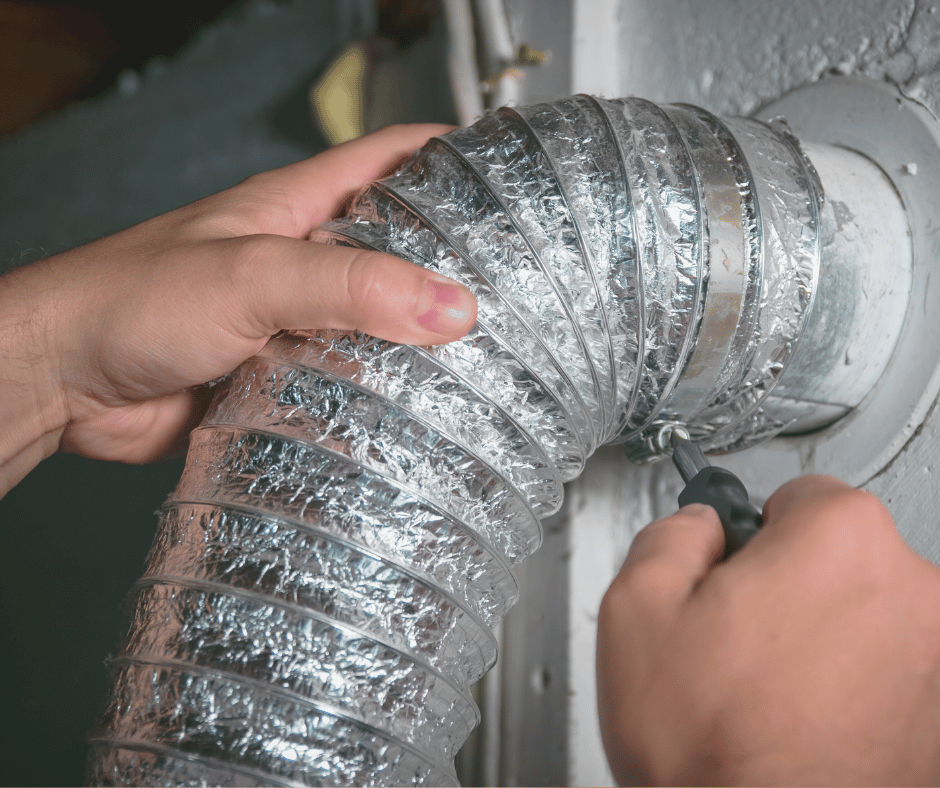
Common Signs You Need Air Ducts Replacement
I often get calls from homeowners asking if they really need heating and air duct replacement or if a simple cleaning will do. Here are the red flags I tell them to look for:
- Rooms that are consistently too hot or too cold
- High energy bills without a change in usage
- Visible rust, holes, or gaps in duct joints
- Mold, mildew, or a musty smell when the system runs
- Dust or debris blowing out of vents
One recent client had a bedroom that was always freezing in winter and sweltering in summer. After inspecting, I found crushed ducts and multiple poorly patched sections. A full air ducts replacement solved the problem overnight, and the homeowner finally had consistent comfort throughout the house.
How to Replace Air Ducts Properly
Some people search online for how to replace air ducts thinking it’s a quick DIY weekend project. In reality, it’s far more complex. The process starts with a full inspection, often using cameras and pressure tests to locate leaks and measure airflow. This helps determine the exact size and layout needed for your new ducts.
Next, we remove the old ducts carefully to avoid spreading dust, mold, or other contaminants into your living space. Then comes the installation—routing the new ducts, sealing every joint, insulating where necessary, and balancing the system for even airflow. A professional air ducts replacement ensures that your new ductwork meets building codes and performs at peak efficiency.
When I handle air conditioning duct replacement near me, I also take the time to check for issues in related systems—like leaky plenum boxes, damaged registers, or insulation gaps. Small details like these can make a big difference in the long-term performance of your HVAC.
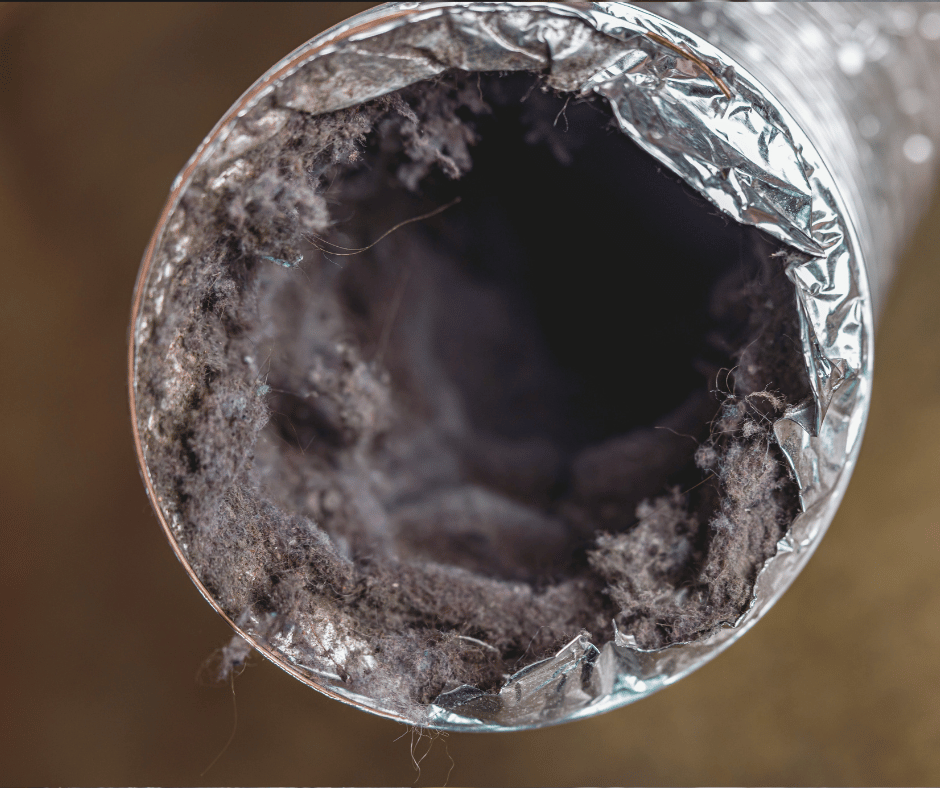
Materials Matter: Choosing the Right Duct Type
One thing most homeowners don’t realize is that there are different types of duct materials, each with its pros and cons.
- Sheet metal ducts: Durable, long-lasting, and easy to clean. They resist mold growth better than other materials but require precise installation to avoid leaks.
- Fiberglass-lined ducts: Good for noise reduction, but over time the lining can break down and release particles into the air.
- Flexible ducts: Easier to install in tight spaces, but they’re more prone to damage and airflow restrictions if not supported properly.
When doing heating and air duct replacement, I help clients choose the material that fits their home, budget, and priorities.
Air Ducts Replacement Cost – What to Expect
Let’s be honest—air ducts replacement cost isn’t small change. For a typical single-family home, you might be looking at anywhere from $3,000 to $7,000, depending on size, complexity, and accessibility. Homes with hard-to-reach attics or crawl spaces tend to be more labor-intensive, which raises the air duct replacement price.
If we’re only replacing a section of ductwork rather than the entire system, costs can be lower. But in most cases, replacing all the ducts at once is the smarter choice—it ensures consistent performance and avoids patchwork repairs that end up costing more over time.
One client I worked with balked at the initial estimate for a full air ducts replacement, opting for partial repairs instead. Six months later, the remaining old ducts started leaking, and we had to go back and replace them anyway—essentially doubling the total cost. Sometimes doing it right the first time is the most economical route.
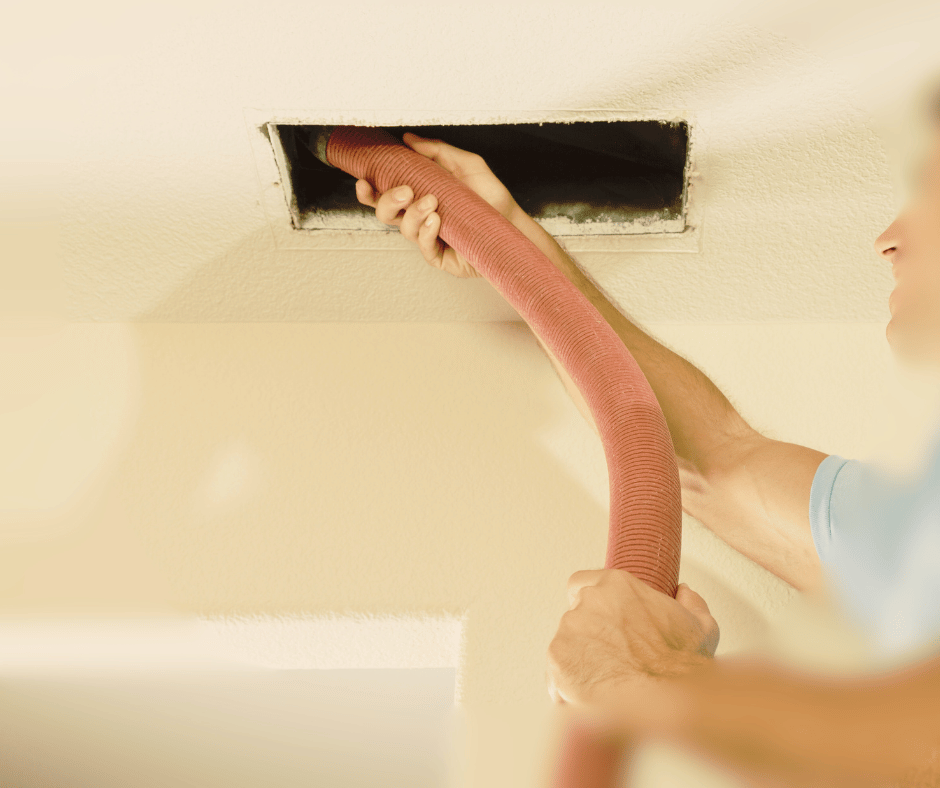
Energy Savings and Long-Term Benefits
Replacing old ducts isn’t just about fixing comfort issues—it can pay for itself in energy savings. Leaky or poorly insulated ducts force your HVAC system to work harder, driving up utility bills. After a proper air ducts replacement, many homeowners notice their systems cycle less often and their bills drop significantly.
Better ductwork also reduces wear and tear on your heating and cooling equipment, extending its lifespan. In fact, after a heating and air duct replacement, your system can run 20–30% more efficiently, which means fewer breakdowns and less maintenance in the long run.
The Health Factor
Old ducts often hide dust, pollen, pet dander, and even rodent droppings. Every time your system turns on, those particles can be blown into your home’s air. For families with allergies or asthma, this can be a serious problem.
A full air ducts replacement removes those contaminants entirely. I’ve had clients tell me their allergy symptoms improved within days of installation. For me, that’s one of the most satisfying parts of the job—knowing we’ve made their home a healthier place to live.
Choosing the Right Contractor
When I first started working in the HVAC industry, I didn’t think much about ductwork. Most homeowners don’t either. We all focus on the furnace, the AC unit, maybe the thermostat—but the ducts? They’re hidden away in walls, ceilings, attics, and crawl spaces, quietly doing their job. That is, until something goes wrong. Over the years, I’ve seen how air ducts replacement can completely transform a home’s comfort, air quality, and efficiency.
Why Air Ducts Replacement Matters
Your ductwork is the circulatory system of your home’s heating and cooling. When it’s clean, sealed, and properly sized, it delivers warm or cool air evenly to every room. But when it’s damaged, leaky, or clogged with debris, you start noticing uneven temperatures, dust buildup, strange smells, and rising energy bills.
That’s when a professional air ducts replacement becomes more than just an upgrade—it’s a necessity. Old ducts can waste up to 30% of your heated or cooled air before it even reaches your vents. Replacing them not only restores efficiency but also protects your health by removing years of built-up contaminants.
Common Signs You Need Air Ducts Replacement
I often get calls from homeowners asking if they really need heating and air duct replacement or if a simple cleaning will do. Here are the red flags I tell them to look for:
- Rooms that are consistently too hot or too cold
- High energy bills without a change in usage
- Visible rust, holes, or gaps in duct joints
- Mold, mildew, or a musty smell when the system runs
- Dust or debris blowing out of vents
One recent client had a bedroom that was always freezing in winter and sweltering in summer. After inspecting, I found crushed ducts and multiple poorly patched sections. A full air ducts replacement solved the problem overnight, and the homeowner finally had consistent comfort throughout the house.
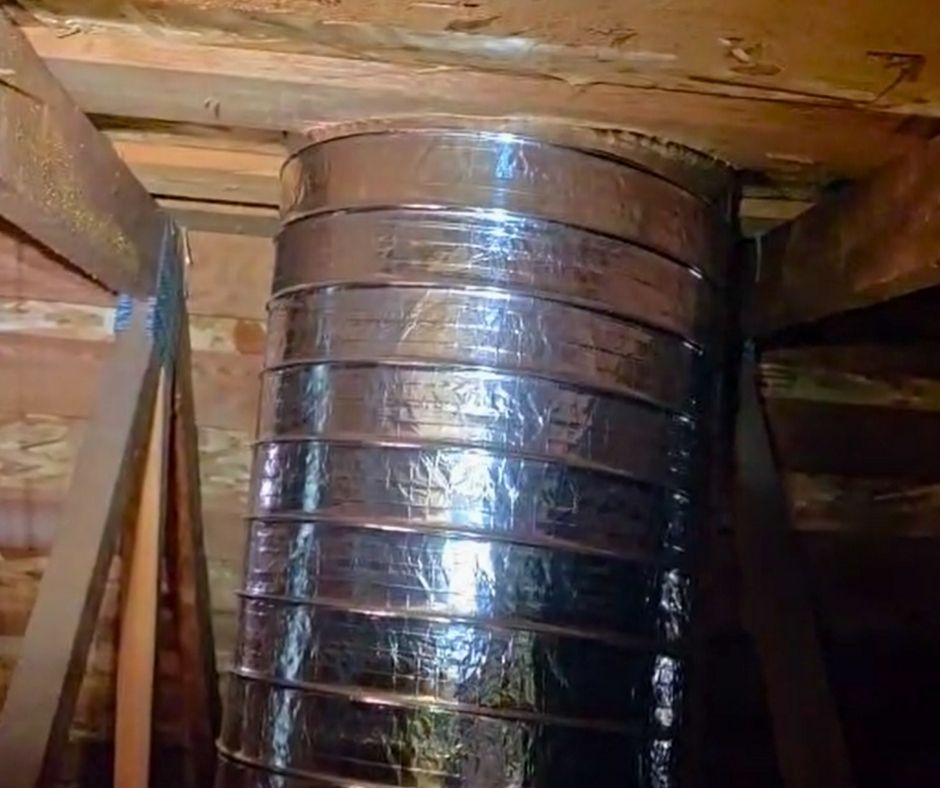
How to Replace Air Ducts Properly
Some people search online for how to replace air ducts thinking it’s a quick DIY weekend project. In reality, it’s far more complex. The process starts with a full inspection, often using cameras and pressure tests to locate leaks and measure airflow. This helps determine the exact size and layout needed for your new ducts.
Next, we remove the old ducts carefully to avoid spreading dust, mold, or other contaminants into your living space. Then comes the installation—routing the new ducts, sealing every joint, insulating where necessary, and balancing the system for even airflow. A professional air ducts replacement ensures that your new ductwork meets building codes and performs at peak efficiency.
When I handle air conditioning duct replacement near me, I also take the time to check for issues in related systems—like leaky plenum boxes, damaged registers, or insulation gaps. Small details like these can make a big difference in the long-term performance of your HVAC.
Materials Matter: Choosing the Right Duct Type
One thing most homeowners don’t realize is that there are different types of duct materials, each with its pros and cons.
- Sheet metal ducts: Durable, long-lasting, and easy to clean. They resist mold growth better than other materials but require precise installation to avoid leaks.
- Fiberglass-lined ducts: Good for noise reduction, but over time the lining can break down and release particles into the air.
- Flexible ducts: Easier to install in tight spaces, but they’re more prone to damage and airflow restrictions if not supported properly.
When doing heating and air duct replacement, I help clients choose the material that fits their home, budget, and priorities.
Air Ducts Replacement Cost – What to Expect
Let’s be honest—air ducts replacement cost isn’t small change. For a typical single-family home, you might be looking at anywhere from $3,000 to $7,000, depending on size, complexity, and accessibility. Homes with hard-to-reach attics or crawl spaces tend to be more labor-intensive, which raises the air duct replacement price.
If we’re only replacing a section of ductwork rather than the entire system, costs can be lower. But in most cases, replacing all the ducts at once is the smarter choice—it ensures consistent performance and avoids patchwork repairs that end up costing more over time.
One client I worked with balked at the initial estimate for a full air ducts replacement, opting for partial repairs instead. Six months later, the remaining old ducts started leaking, and we had to go back and replace them anyway—essentially doubling the total cost. Sometimes doing it right the first time is the most economical route.
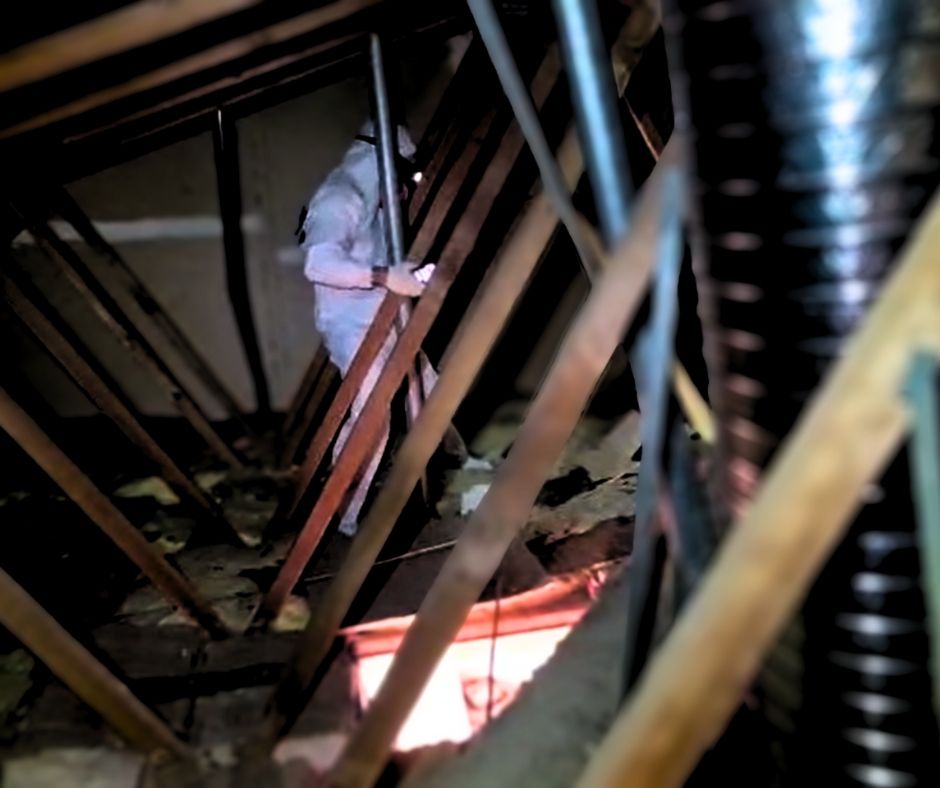
Energy Savings and Long-Term Benefits
Replacing old ducts isn’t just about fixing comfort issues—it can pay for itself in energy savings. Leaky or poorly insulated ducts force your HVAC system to work harder, driving up utility bills. After a proper air ducts replacement, many homeowners notice their systems cycle less often and their bills drop significantly.
Better ductwork also reduces wear and tear on your heating and cooling equipment, extending its lifespan. In fact, after a heating and air duct replacement, your system can run 20–30% more efficiently, which means fewer breakdowns and less maintenance in the long run.
The Health Factor
Old ducts often hide dust, pollen, pet dander, and even rodent droppings. Every time your system turns on, those particles can be blown into your home’s air. For families with allergies or asthma, this can be a serious problem.
A full air ducts replacement removes those contaminants entirely. I’ve had clients tell me their allergy symptoms improved within days of installation. For me, that’s one of the most satisfying parts of the job—knowing we’ve made their home a healthier place to live.
Choosing the Right Contractor
נ
What to Expect During Installation
Most air ducts replacement jobs take one to three days, depending on size and complexity. We start early, remove the old ducts, install the new ones, and seal every joint to prevent leaks. We also insulate ducts in unconditioned spaces to maintain temperature control.Most air ducts replacement jobs take one to three days, depending on size and complexity. We start early, remove the old ducts, install the new ones, and seal every joint to prevent leaks. We also insulate ducts in unconditioned spaces to maintain temperature control.
At the end of the job, we test airflow in every room and make adjustments as needed. This “balancing” step is critical—it ensures your system is delivering the right amount of air to each space.
We always clean up the work area before we leave, so the only difference you’ll notice is how much better your home feels and breathes.
Final Thoughts
Air ducts replacement may not be a project you see every day, but you’ll feel the results every time your HVAC system runs. From lower bills to cleaner air to more consistent comfort, the benefits are hard to ignore.Air ducts replacement may not be a project you see every day, but you’ll feel the results every time your HVAC system runs. From lower bills to cleaner air to more consistent comfort, the benefits are hard to ignore.
If you’re wondering about air ducts replacement cost, curious about air duct replacement price, or looking for air conditioning duct replacement near me, now’s the time to act. A proper heating and air duct replacement isn’t just a repair—it’s an investment in the comfort, health, and value of your home.
What to Expect During Installation
Most air ducts replacement jobs take one to three days, depending on size and complexity. We start early, remove the old ducts, install the new ones, and seal every joint to prevent leaks. We also insulate ducts in unconditioned spaces to maintain temperature control.
At the end of the job, we test airflow in every room and make adjustments as needed. This “balancing” step is critical—it ensures your system is delivering the right amount of air to each space.
We always clean up the work area before we leave, so the only difference you’ll notice is how much better your home feels and breathes.
Final Thoughts
Air ducts replacement may not be a project you see every day, but you’ll feel the results every time your HVAC system runs. From lower bills to cleaner air to more consistent comfort, the benefits are hard to ignore.
If you’re wondering about air ducts replacement cost, curious about air duct replacement price, or looking for air conditioning duct replacement near me, now’s the time to act. A proper heating and air duct replacement isn’t just a repair—it’s an investment in the comfort, health, and value of your home.
